Brookfield KF40 User manual
Other Brookfield Measuring Instrument manuals
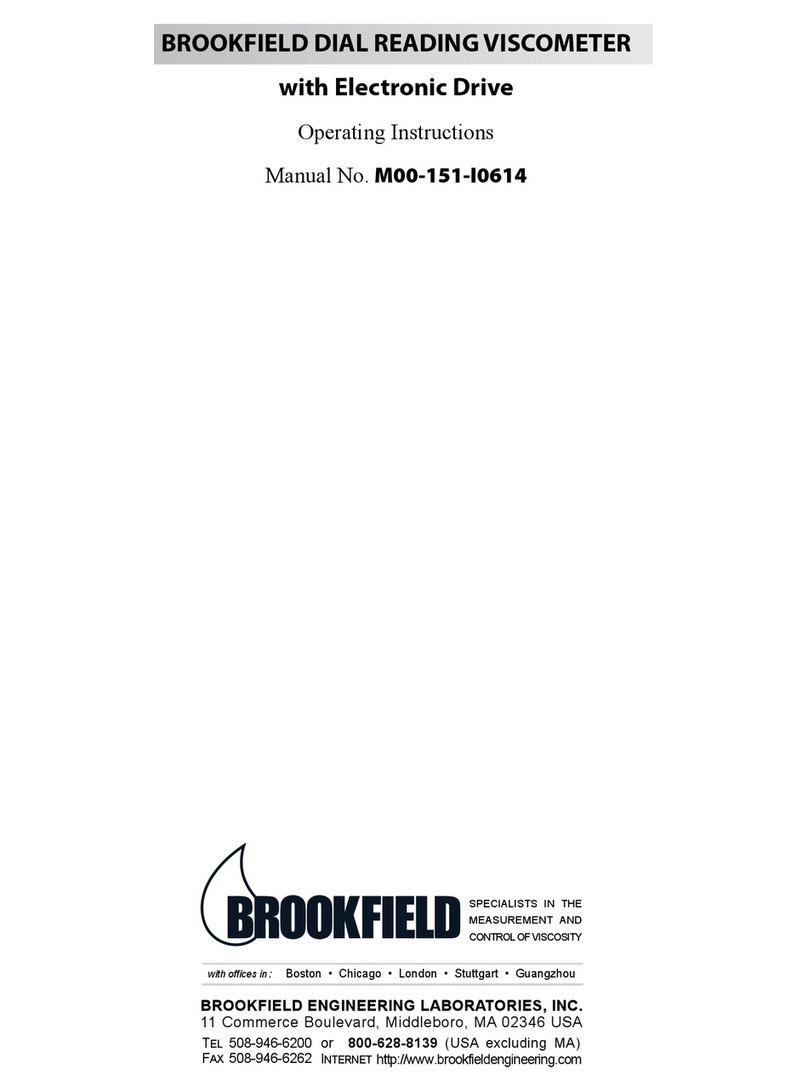
Brookfield
Brookfield RV1 User manual

Brookfield
Brookfield DV2T User manual
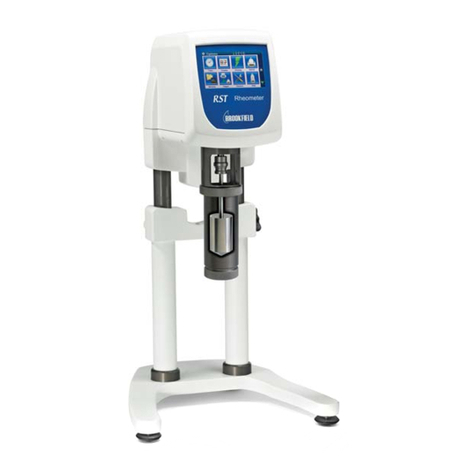
Brookfield
Brookfield RST User manual
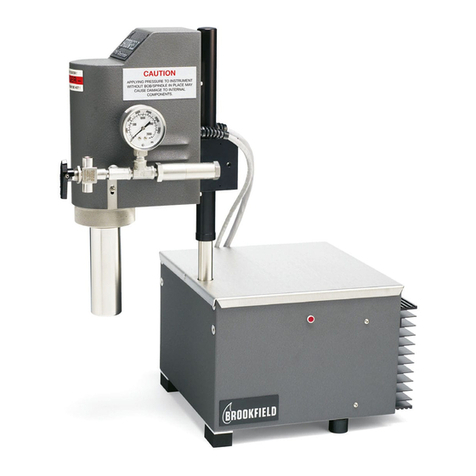
Brookfield
Brookfield PVS RHEOMETER User manual

Brookfield
Brookfield Thermosel DV-II+ User manual
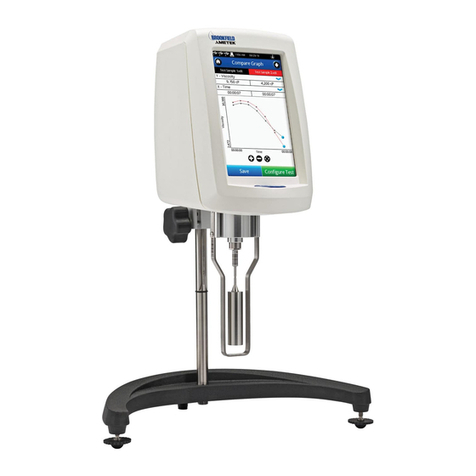
Brookfield
Brookfield DV3T User manual

Brookfield
Brookfield LV User manual

Brookfield
Brookfield DV1 User manual
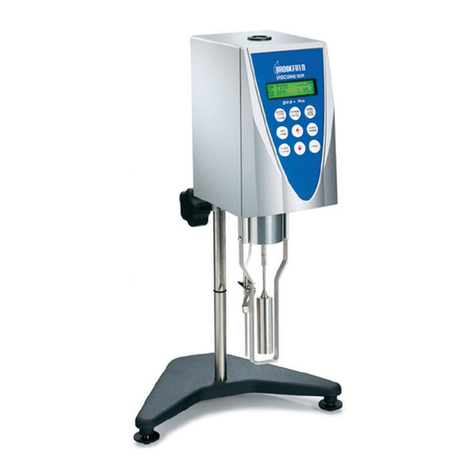
Brookfield
Brookfield RVDV-II+Pro User manual
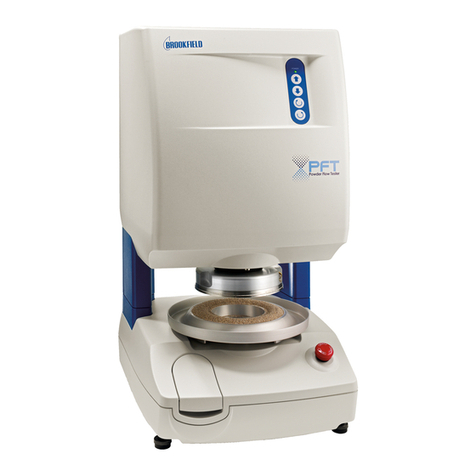
Brookfield
Brookfield PFT Powder Flow Tester User manual
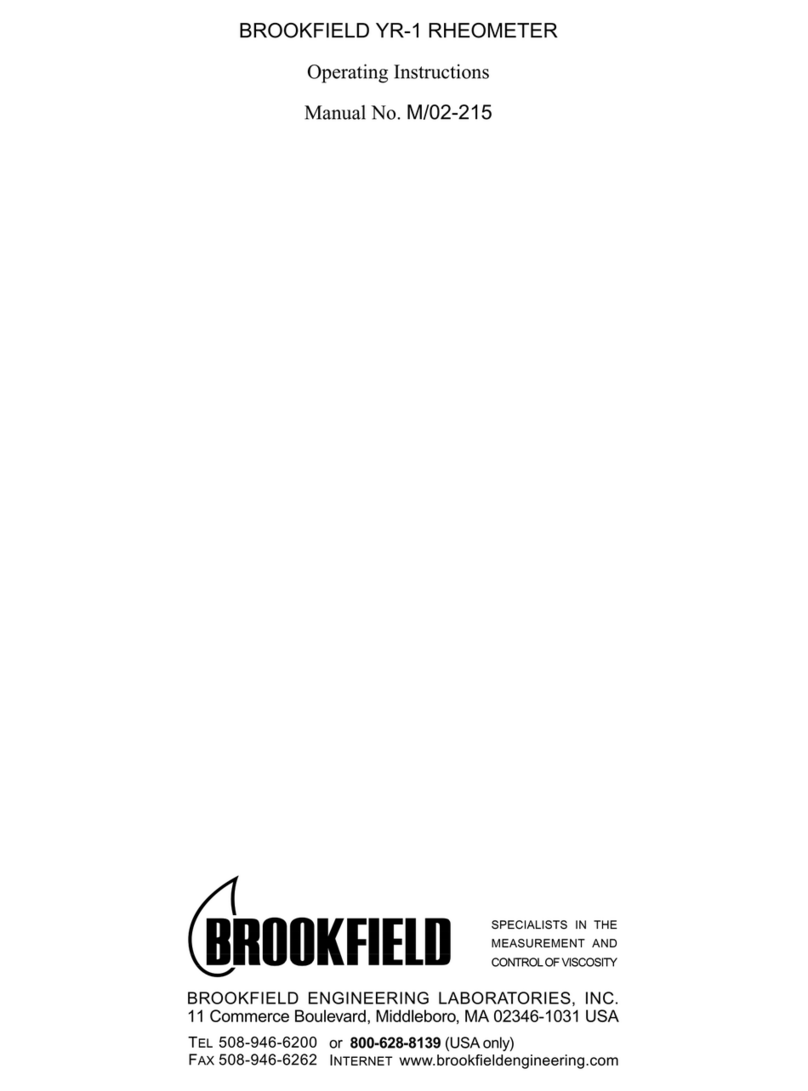
Brookfield
Brookfield YR-1 User manual

Brookfield
Brookfield DVE User manual
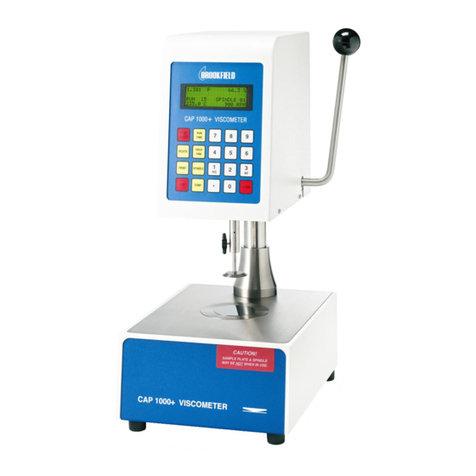
Brookfield
Brookfield CAP 1000+ User manual
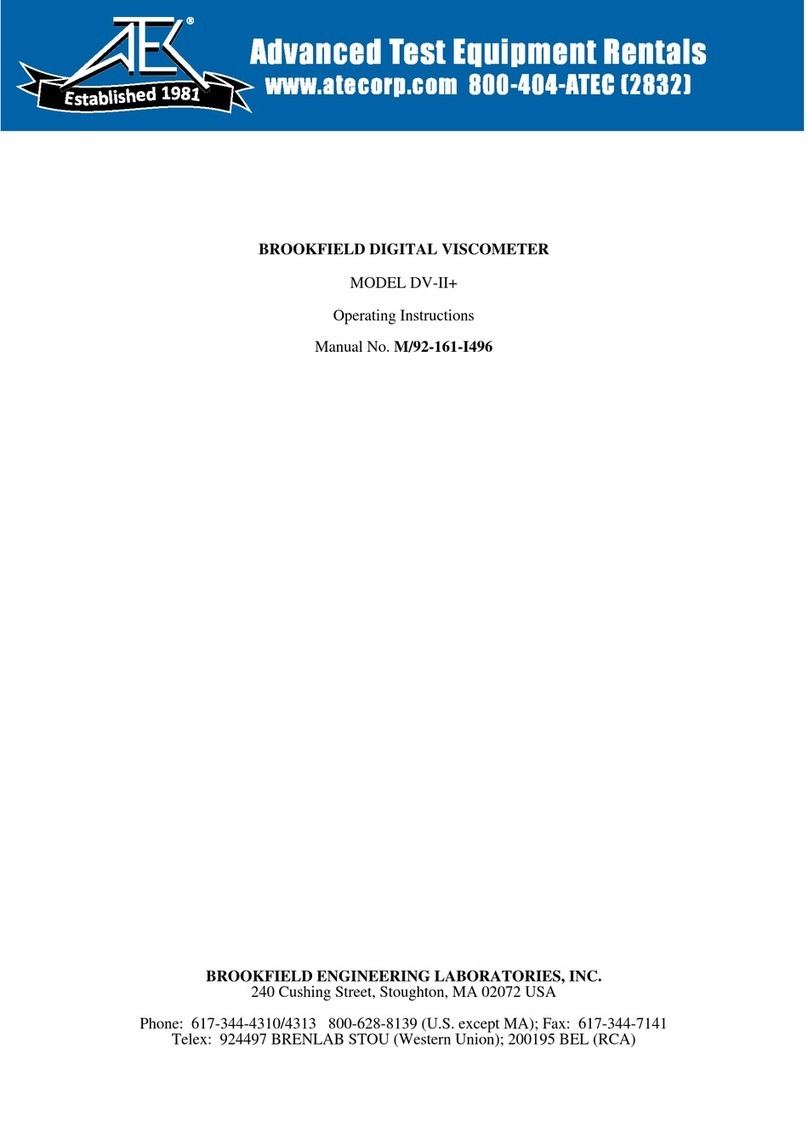
Brookfield
Brookfield DV-II+ User manual
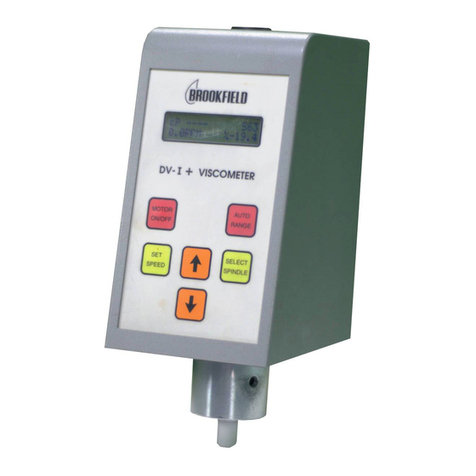
Brookfield
Brookfield DV-I+ Series User manual
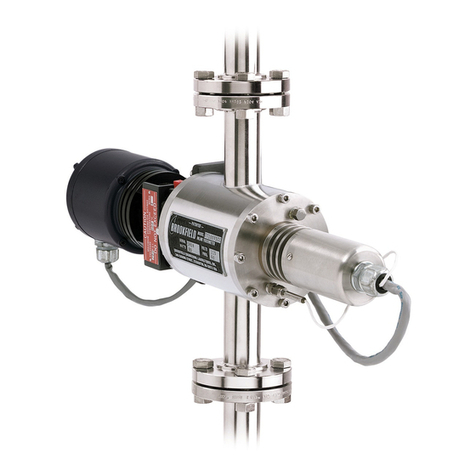
Brookfield
Brookfield TT100 Manual

Brookfield
Brookfield DV-III ULTRA User manual

Brookfield
Brookfield CAP 1000+ User manual
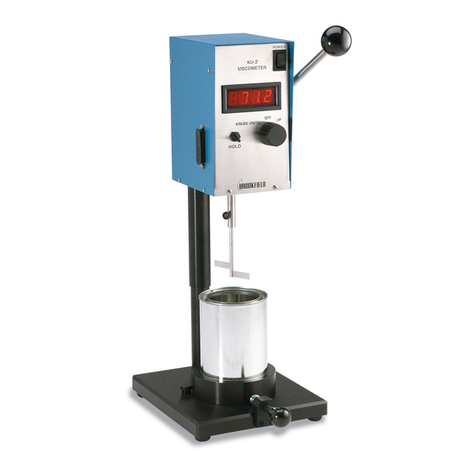
Brookfield
Brookfield KU-2 User manual

Brookfield
Brookfield CAP 2000+L User manual
Popular Measuring Instrument manuals by other brands

Powerfix Profi
Powerfix Profi 278296 Operation and safety notes

Test Equipment Depot
Test Equipment Depot GVT-427B user manual

Fieldpiece
Fieldpiece ACH Operator's manual

FLYSURFER
FLYSURFER VIRON3 user manual

GMW
GMW TG uni 1 operating manual

Downeaster
Downeaster Wind & Weather Medallion Series instruction manual

Hanna Instruments
Hanna Instruments HI96725C instruction manual

Nokeval
Nokeval KMR260 quick guide

HOKUYO AUTOMATIC
HOKUYO AUTOMATIC UBG-05LN instruction manual

Fluke
Fluke 96000 Series Operator's manual

Test Products International
Test Products International SP565 user manual

General Sleep
General Sleep Zmachine Insight+ DT-200 Service manual















